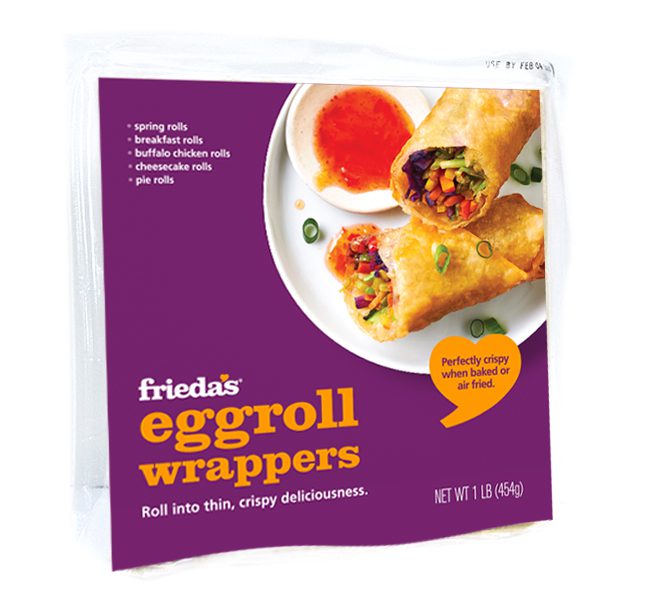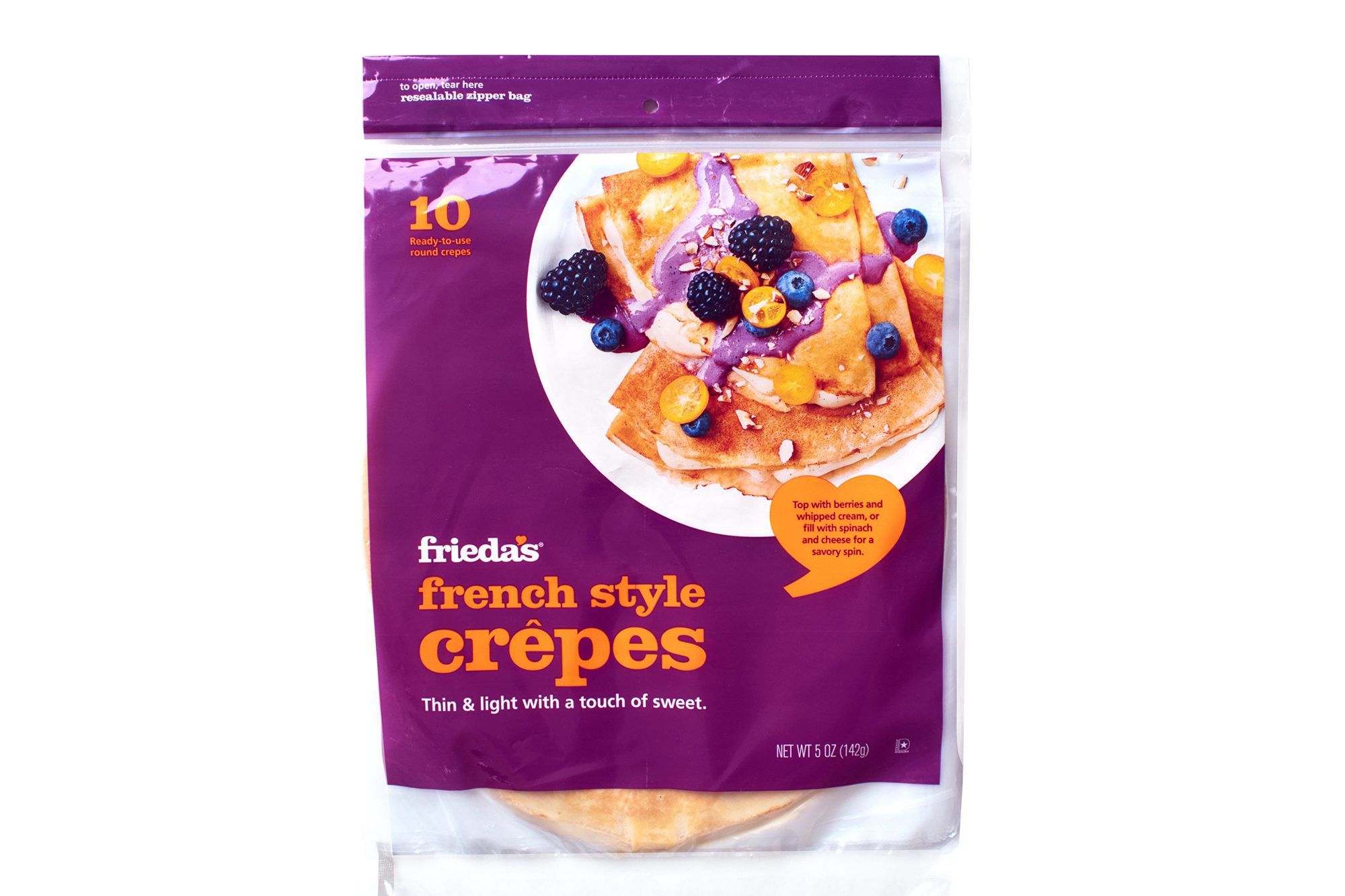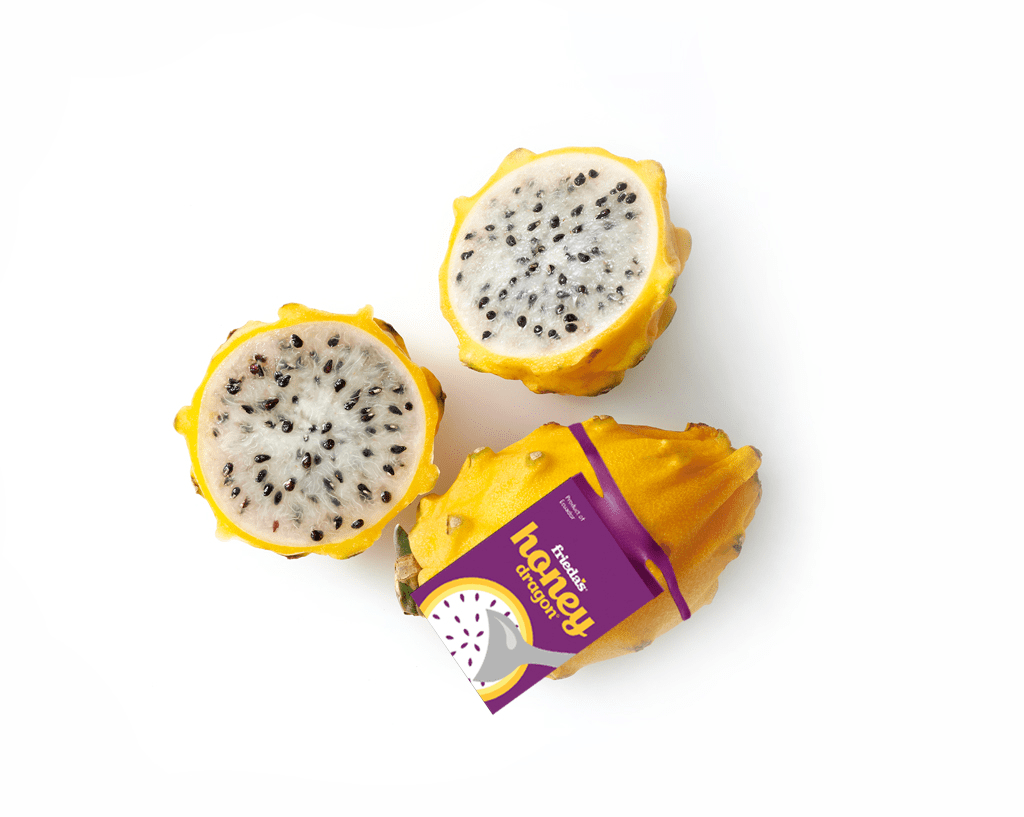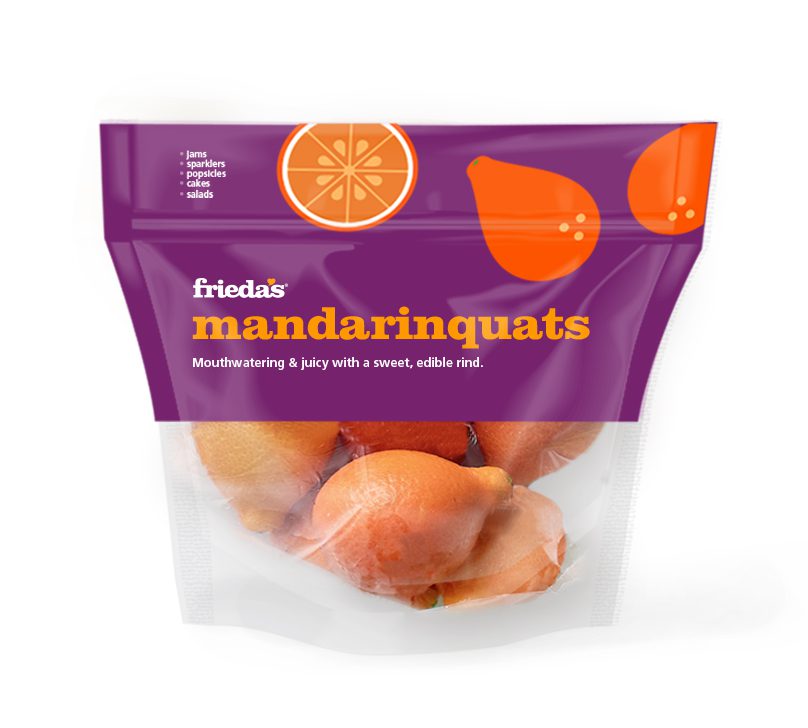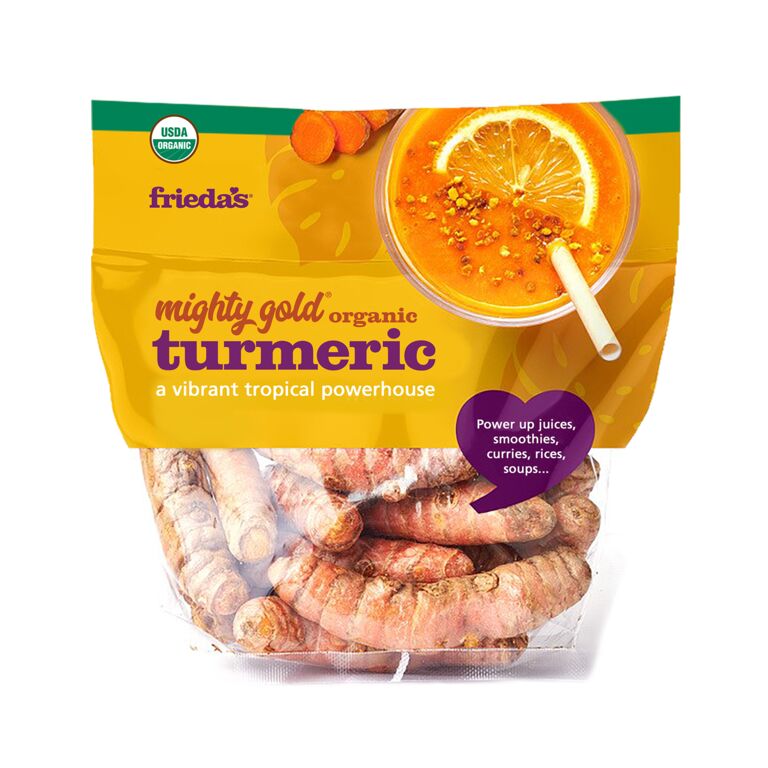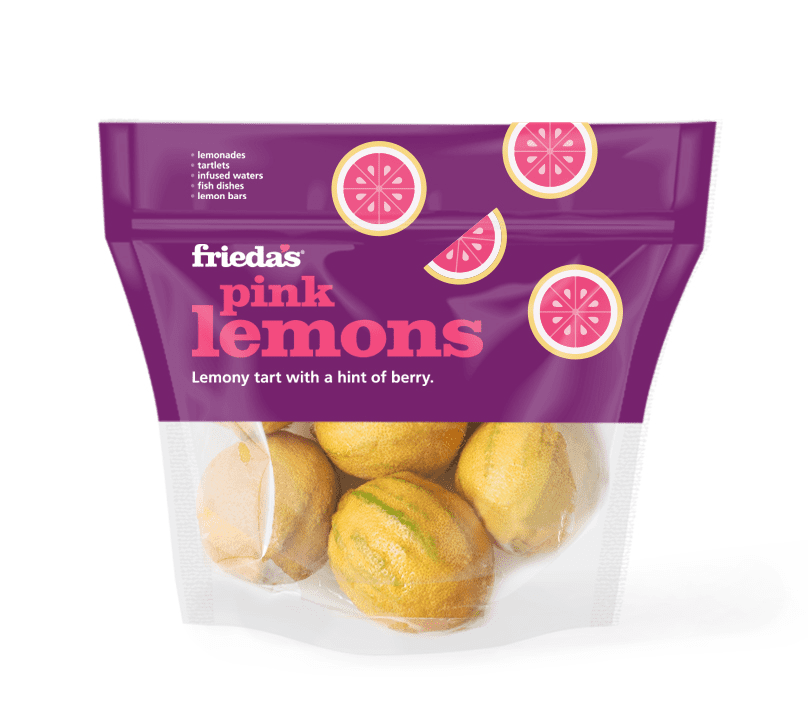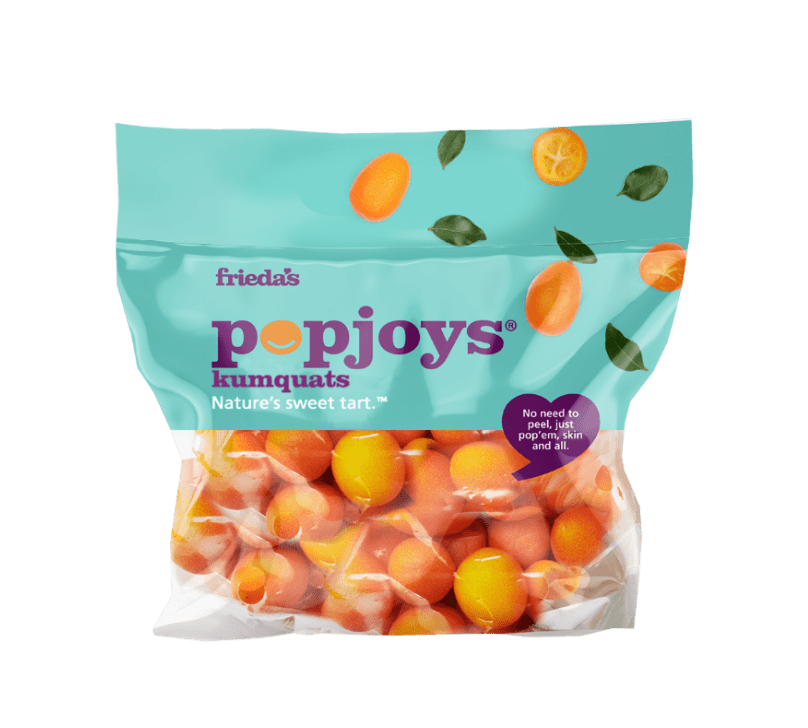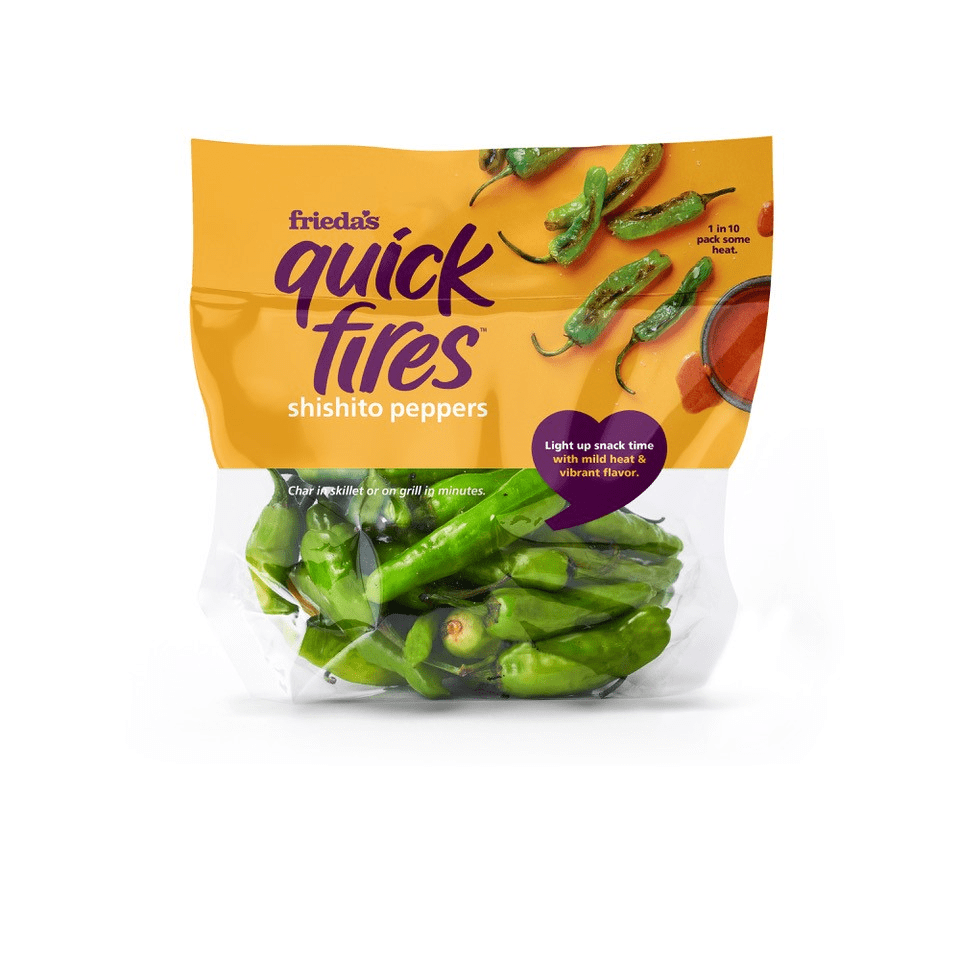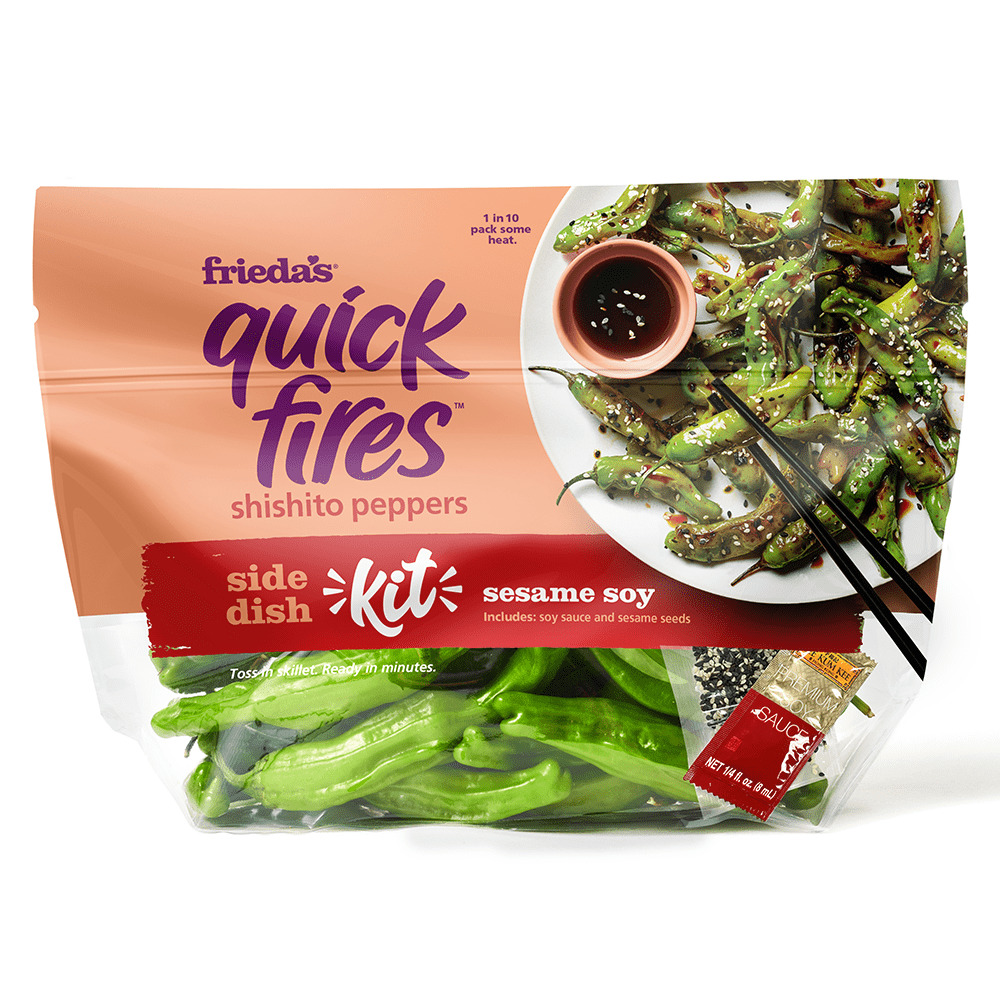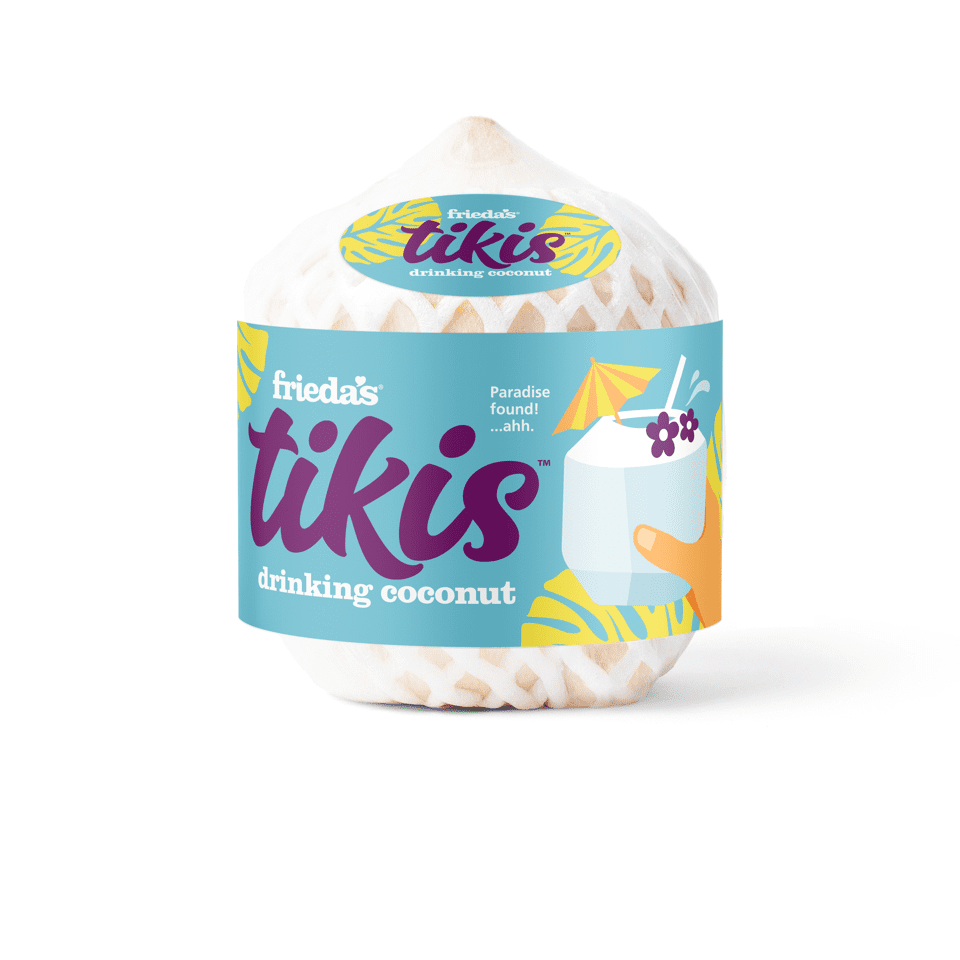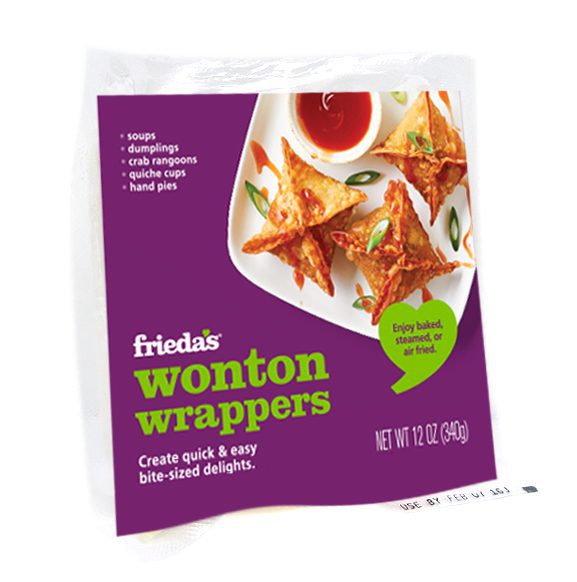Have you ever wondered how produce companies (like Frieda’s) evaluate fruit to see if “it’s good” when it arrives at their warehouse? Here’s a quick course on some of the tools we use:
To tell how SWEET a piece of fruit really is, we use a Refractometer. A Refract
 ometer measures the brix (or percentage of soluble solids, or sugar) of the fruit. Our Quality Control guru, John, uses the Refractometer whenever we receive any kind of fruit.
ometer measures the brix (or percentage of soluble solids, or sugar) of the fruit. Our Quality Control guru, John, uses the Refractometer whenever we receive any kind of fruit.
To measure the brix, John will cut a piece of fruit and then squeeze some juice from the fruit onto the open Refractometer. He will then close it, and look into the eyepiece (kind of like a kaleidoscope) to see what degree of sugar is measured. For most fruit, the minimum level of brix is 14-15 degrees. For SUPER SWEET fruit – it might be as high as 20 degrees brix. For fruit over 20 degrees brix – we say, it would “give you cavities.”
To tell how FIRM a piece of fruit really is, there is the Penetrometer, also known as a Fruit Pressure Tester. It helps measure the firmness of the fruit. There are several models of Penetrometers – one for apples, pears, and other harder fruit, and another for softer fruits, such as peaches. When we receive fruit at our warehouse in Southern California it must be firm or hard. If it’s soft, we cannot ship it to our customers across the country, so we may have to send it back to the grower (reject it).
Pressure Tester. It helps measure the firmness of the fruit. There are several models of Penetrometers – one for apples, pears, and other harder fruit, and another for softer fruits, such as peaches. When we receive fruit at our warehouse in Southern California it must be firm or hard. If it’s soft, we cannot ship it to our customers across the country, so we may have to send it back to the grower (reject it).
To tell the exact diameter or SIZE of fruit or vegetables, we use Calipers. Many of our clients have requirements as to the exact diameter of fruit they will accept at their produce warehouses, so we always double check fruit when it arrives at our warehouse. Most growers pack fruit on high speed, sophisticated packing equipment that guarantees the same sized fruit is in each box. However, because we specialize in “specialty fruit and vegetables,” many of which are grown by small scale growers, they don’t always have this high speed equipment. So, in order to have accurate information about the products, we will use the Calipers to verify the consistent sizing.
 scales to measure an entire case of fruit).
scales to measure an entire case of fruit).
We also use temperature gauges (thermometers) to measure the temperature. We always want to be sure fruits and veggies are not too warm when we receive them, as that shortens their shelf-life and affects their taste.
So, now you know!
Karen
Got this as a forward? Reading online? Click here to subscribe to this blog via email.


